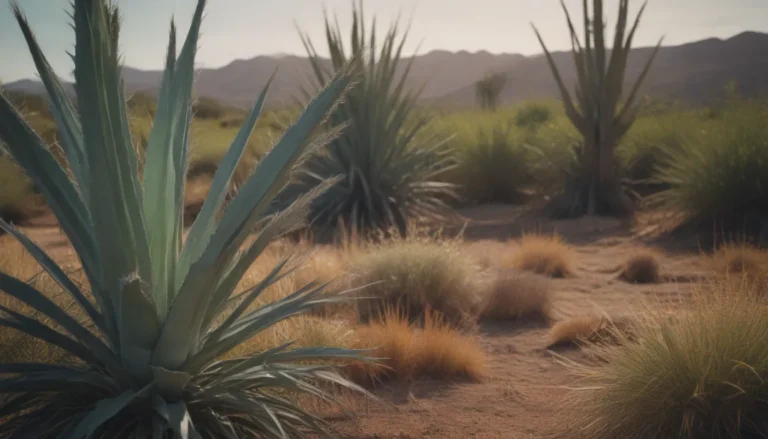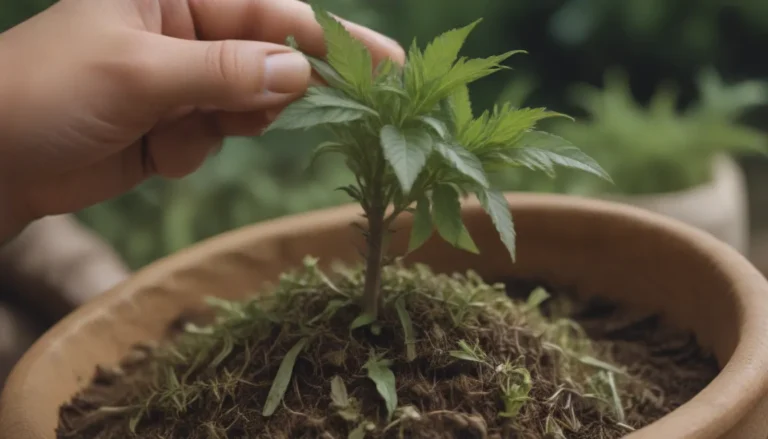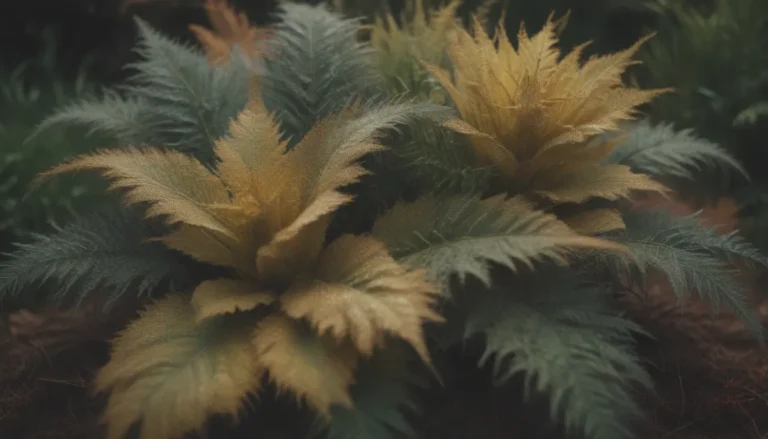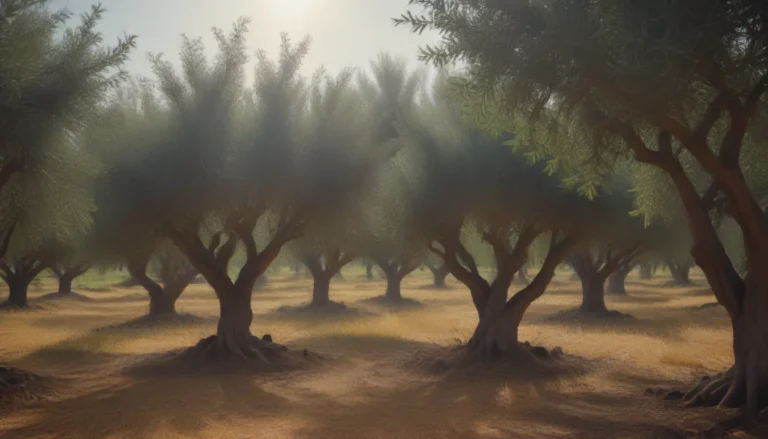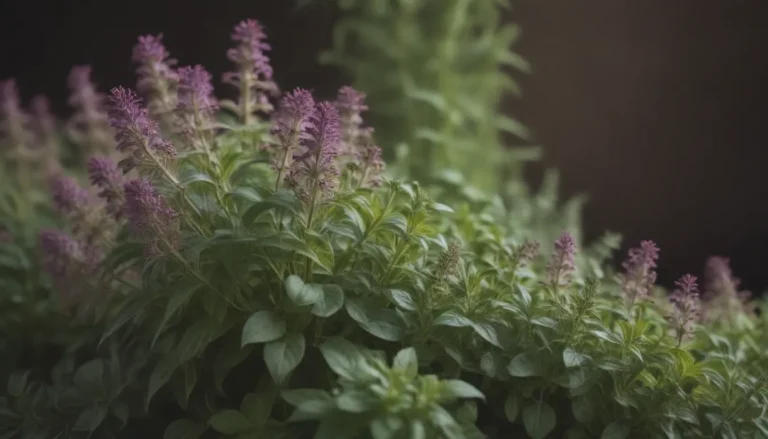A Comprehensive Guide to Growing and Caring for Bell Peppers
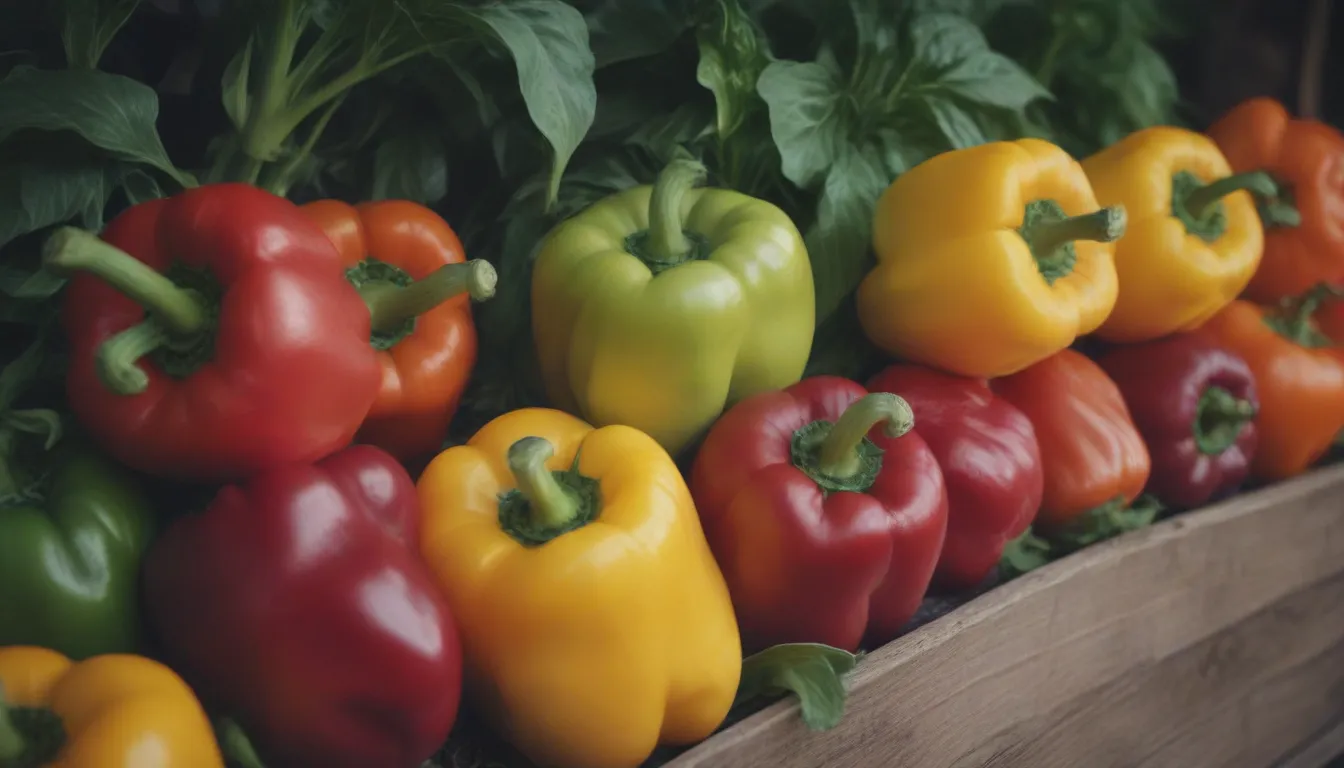
Are you looking to add a splash of color to your garden? Bell peppers might be just what you need! These vibrant crops come in a variety of hues, including red, yellow, orange, and green, with some unique varieties even boasting shades like white, purple, and brown. Not only are they visually appealing, but bell peppers are also incredibly versatile and can add flavor and nutrition to many dishes.
In this article, we’ll explore everything you need to know about growing and caring for bell peppers. From planting to harvesting, we’ll cover the essential steps to ensure a bountiful pepper harvest. So grab your gardening gloves and let’s get started!
Planting Bell Peppers
Bell peppers require warm temperatures to germinate and produce fruit, making them a perfect addition to your summer garden. Here’s how to get started:
When to Plant
Start your bell peppers from seed 10 to 12 weeks before the last frost date, or opt for seedlings for quicker results. Plant them out in late April or early May when the temperatures are warm enough for optimal growth.
Selecting a Planting Site
Choose a sunny spot in your garden with well-drained, loamy soil for your bell peppers. Avoid planting them in areas where nightshades grew the previous year, and keep them separate from tomatoes, potatoes, and eggplants to prevent disease spread.
Spacing, Depth, and Support
Space your pepper plants 18 inches apart in rows 2 1/2 to 3 feet apart. Plant them at the same level as they were in the pot, and consider using a stake for support as the plants become heavy with fruit.
Bell Pepper Plant Care
To ensure healthy and productive bell pepper plants, follow these care guidelines:
Light
Bell peppers need 6 to 8 hours of direct sunlight daily. Avoid planting them near taller crops that could block the sun and inhibit their growth.
Soil
Plant your bell peppers in nutrient-rich, well-draining soil with a pH level of 6.5 to 7. This will promote healthy root development and disease resistance.
Water
Water your bell peppers consistently, providing 1 to 2 inches of water per week. Use drip irrigation or soaker hoses to deliver water directly to the roots and avoid overhead watering to prevent fungal issues.
Temperature and Humidity
Bell peppers thrive in daytime temperatures between 70 and 80 degrees F and nighttime temperatures between 60 and 70 degrees F. Maintain relative humidity levels of 50 to 70 percent for optimal growth.
Fertilizer
Feed your bell peppers with a balanced fertilizer, such as 5-10-10 at planting time and 10-10-10 as the fruits begin to form. Avoid high nitrogen fertilizers early in the season to prevent excessive leafy growth.
Pollination
Bell peppers are self-pollinating, so you don’t need multiple plants or pollinators for fruit production. Be aware that cross-pollination with different varieties can occur but won’t affect the current crop.
Types of Bell Peppers
Explore the diverse world of bell peppers with these popular varieties:
- California Wonder
- Sweet Chocolate Bell
- Ozark Giant
- Gourmet
- Early Sunsation Hybrid
- Mini Belle Blend
Harvesting Bell Peppers
When it’s time to harvest your bell peppers, keep these tips in mind:
- Pick peppers when they are uniformly colored and feel heavy for their size.
- Use a sharp sterilized tool to cut the fruit, leaving about an inch of stem attached.
- Refrigerate fresh peppers for up to two weeks or freeze sliced peppers for longer storage.
Tip
Allow peppers to fully ripen on the plant for the best flavor and texture. Harvest them promptly to prevent overripening.
Growing Bell Peppers in Pots
If you’re tight on garden space, consider growing bell peppers in pots. Follow these tips for success:
- Select a pot at least 12 inches in diameter with good drainage.
- Use a quality potting mix and fertilize regularly to support healthy growth.
- Water potted peppers more frequently than those in the ground to prevent drying out.
Pruning
While not necessary, you can prune your bell pepper plants to redirect energy and promote fruit development. Remove non-producing branches at the base with a sharp, sterilized pruner.
Propagating Bell Peppers
Extend your bell pepper options by starting plants from seed. Follow these steps for successful propagation:
- Start seeds in trays or pots with well-draining soilless mix.
- Begin seeds 10 to 12 weeks before transplanting them outdoors.
- Fresh seeds offer the best germination rates for successful growth.
Common Pests and Plant Diseases
Keep an eye out for potential pests and diseases that can affect your bell pepper plants. Aphids, thrips, and pepper weevils are common pests, while fungal and bacterial infections can harm the plants. Practice good garden hygiene and preventative measures to minimize the risk of disease spread.
Conclusion
By following these guidelines, you can successfully grow and care for bell peppers in your garden. From planting to harvesting, each step plays a crucial role in ensuring a bountiful pepper harvest. Experiment with different varieties, growing methods, and care techniques to find what works best for your garden. Happy gardening!
